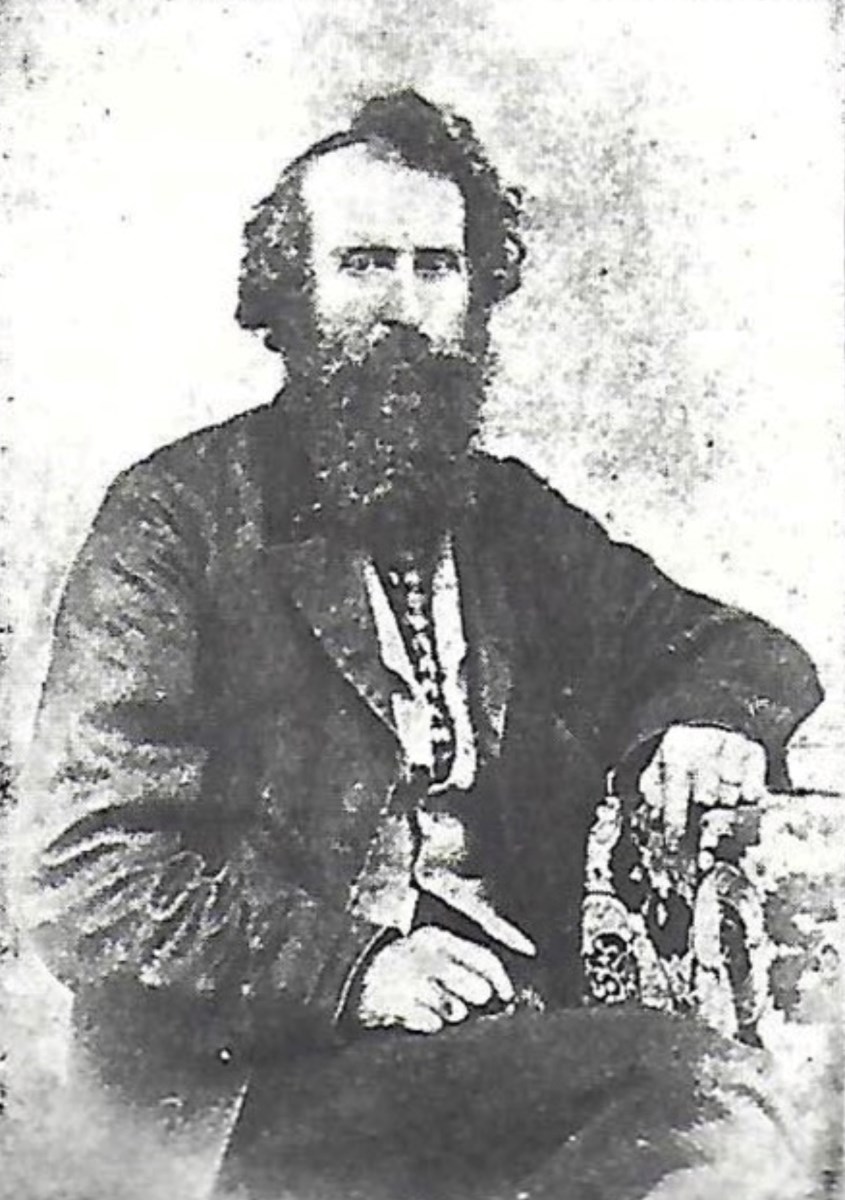Patricia McGee
Canada’s first oil gusher exploded 160 years ago near Oil Springs, 40 minutes southeast of Sarnia.

John Shaw changed the course of Canadian history when he chiseled 52 metres into the rock formation on Jan. 16, 1862. Oil gushed high above the treetops, spewing 2,000 to 3,000 barrels a day before it was finally controlled.
The released oil flowed down the frozen Black Creek valley and into Lake Erie. Once controlled, the well still flowed mightily for four months before slowing.
News of the gusher travelled fast, far and wide. It showed up in the New York Times. In a frenzy, hundreds of men flocked to Oil Springs from all directions.
In a strange twist of fate, John Shaw’s gusher delayed development of Petrolia’s oil fields. Shaw had been working Petrolia’s wells with two other partners in 1861, when its main street was still “a streak in the bush.”
Shaw was reportedly an unpleasant man, and “to get rid of him” the partners gave him an acre of land in Oil Springs. Little did they know his discovery would slow all interest in Petrolia.
Shaw was a travelling photographer, believed to be American, who drifted north. He and two partners laboured six months at the well with a spring pole. He was broke; his credit exhausted. Discouraged, Shaw had nearly given up when the gusher was unleashed.
The allure of oil made 1862 a stunning year for Oil Springs with an incredible 32 more flowing wells struck, heightening the frenzy. By year end Oil Springs had 1,000 wells producing 12,000 barrels daily and 10 refineries.
With such a glut of oil, the price of a barrel plummeted from $4 to a mere 10 cents. This was all happening five years before Confederation, when Ontario was called Canada West.
The population of Oil Springs soared to 4,000. By 1866, the community boasted 1,500 wells, 12 general stores, nine hotels, 27 refineries, and a daily newspaper.
But signs of diminishing returns appeared, and in 1866 Oil Springs was abandoned almost overnight.
Many headed north to Petrolia, hoping it was the next boomtown. And that year Petrolia began an incredible four-decade boom that made it the Victorian Oil Town of Canada.
John Shaw’s name was lost from the 1940s to 2010 and his story blended into that of the well-respected Hugh Nixon Shaw, who helped found the village of Oil Springs.
Dana Johnson, who now heads the Lambton Heritage Museum, set the record straight with a research report that concluded it was actually John Shaw who had struck the first gusher. John Shaw died broke in Petrolia in 1871 at the age of 42.
Today, the Shaw Well and the site of many others are located on Fairbank Oil Fields. Owner Charlie Fairbank erected a three-pole derrick at the Shaw Well, visible east of the barn with a mural.
Fairbank Oil Fields and the Oil Museum of Canada together comprise one National Historic Site.
Patricia McGee is the author of The Story of Fairbank Oil
